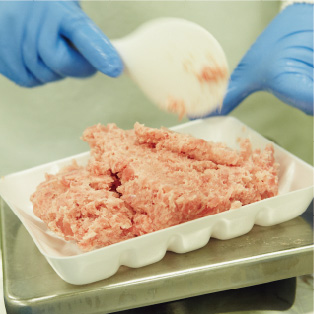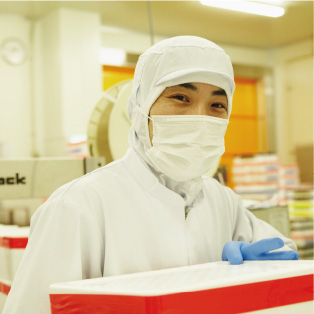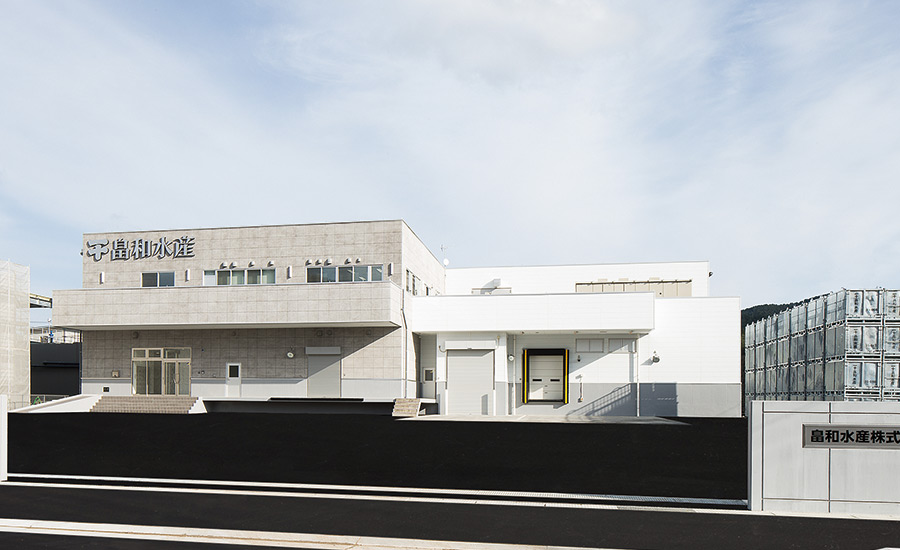
Hatawa Suisan
Co.,Ltd.
“Food processing plant (photo)”
988-0003 2-95-1 Honhamacho, Kesennuma-shi, Miyagi
TEL:+81-(0)226-23-0057
FAX:+81-(0)226-23-0058
Frozen Tuna Factory
988-0164 42-20 Aka Iwa, Kesennuma-city, Miyagi
President and Director: Kazutaka Hatakeyama
TEL:+81-(0)226-23-0055
FAX:+81-(0)226-23-0056
e-mail:ichiju@hatawasuisan.co.jp
HP :http://hatawasuisan.co.jp
Enjoy trying a variety of delicacies
Hatawa Suisan’s frozen tuna processing factory is approved as an HACCP certified seafood processing factory. Painstaking care to create a hygienic environment assures the safety and freshness of the products. The company puts priority on the taste and freshness of its products and delivers various kinds of processed tuna that can be eaten raw.
Taste and materials
With its long history of processing sea-frozen tuna to be eaten raw, the company produces a variety of tuna items including negitoro(tuna made into a paste).
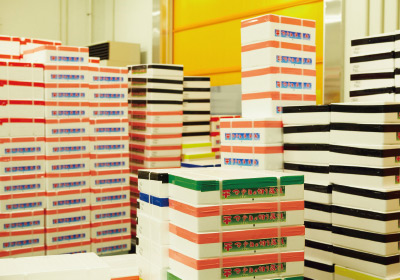
Equipment
Since the color of tuna meat is determined by temperature, the factory is operated under strict temperature control. However, it also takes into consideration the health of its workers by reducing the volume of cool air flow to prevent their bodies from losing too much heat.
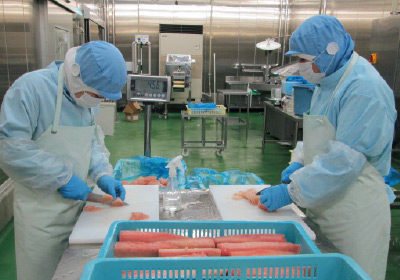
Craftsmanship
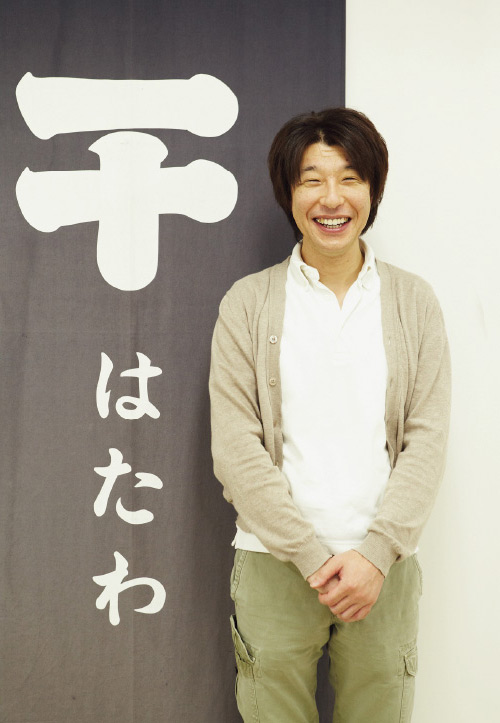
Precisely because of our history, always moving forward, always ahead.。
Hatakeyama Kazutaka, President and CEO of Hatakeyama Fisheries Co., Ltd.
The invaluable trust bestowed by the passage of time.
From the seaside of Kesennuma, driving through the cityscape and soaking in the views of lush green trees, occasionally passing through mountain roads where clear streams intersect, eventually the Hatakeyama Suisan’s frozen tuna processing plant came into view on the left.
Established in 1899, Hatawa Suisan has been a long-standing establishment in the processing of raw tuna for consumption, introducing the first ultra-low temperature refrigerators in the Tohoku region in 1967 and starting to handle flash-frozen tuna. Hatakeyama Kazutaka is the 4th generation president of Hatawa Suisan Co., Ltd.
Their products range from fresh Tataki (Negitoro) to various cuts of tuna. Their direct clients include markets, supermarkets, and large retailers where products are sold by the case but are then distributed in smaller portions at each store, making it accessible to consumers. Many people feel reassured when they see the Hatawa Suisan seal on the package, a brand known for its reliability.
The frozen tuna processing facility of Hatawa Suisan is HACCP (Hazard Analysis and Critical Control Points) certified seafood processing facility, ensuring strict hygiene standards. HACCP is a set of very strict hygiene facility standards established to ensure food safety, also used in NASA’s space food management.
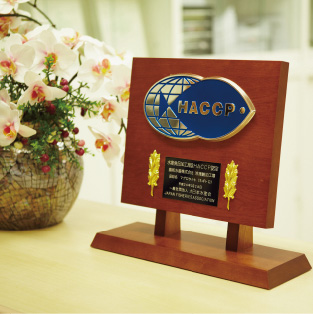

Thorough hygiene management is crucial for preserving the deliciousness of “Hatakeyama’s flavor”.
After donning fresh white coats and hats, Mr. Hatakeyama led us into the processing facility. The chilled processing room was sealed off from outside air and maintained at a low temperature. Since the color of the tuna is determined by temperature, temperature control is crucial. However, to ensure the comfort of the workers, the factory was designed to minimize the cold air flow that could lower their body temperature, making it a factory that is considerate of its employees.
“As for the products, we ship the orders received on the same day,” Mr. Hatakeyama said, as appetizing tataki and various cuts of tuna were being packaged and prepared for shipment. While admiring the stacked products, Ms. Michiyo Iemoto, the executive director, informed us, “Normally, we ship about 1.5 tons of products every day.”
The highlight was the tuna-exclusive ultra-low temperature refrigeration room, the first of its kind in Tohoku, employing an air freezing system. The temperature inside the room reached an astonishing minus 60 degrees Celsius, causing even our thoughts to freeze upon entering.
Because there is a dream of revival, we can strive forward with determination.
Mr. Hatakeyama spent his university days in Tokyo and then apprenticed for three years at a frozen tuna processing company in Misaki, Kanagawa Prefecture, after graduating. He learned about large-scale transactions, such as purchasing entire ships of tuna, and realized the importance of trust between suppliers. “In this business, trust with the suppliers is crucial. I learned a lot,” he said.
Even after the 5 p.m. closing time, Mr. Hatakeyama works until around 10 p.m. every day. His office and factory show the attention to detail befitting a young president. For example, the company name “Hatakeyama Fisheries Co., Ltd.” displayed prominently on the factory wall is not in somber black but in a refined silver-gray. The chairs in the reception room were personally chosen from an interior shop. His meticulousness is evident throughout the company.
His only pleasure in private life is reading, but now it’s not just about reading books; a big story is unfolding in his mind. It’s about the revival of “tataki,” a popular product of Hatakeyama Fisheries in the past. Tataki, or seared bonito, was the flagship product of the company for over 30 years under the previous president. However, since the current processing facility cannot handle fire, a new factory would be necessary for its revival. “It was a beloved product for over 30 years, and we still receive inquiries from customers,” he said. Mr. Hatakeyama is determined, and he believes in the day when the tataki will be revived. It will mark the beginning of a new chapter for Hatakeyama Fisheries and a new story to unfold.
